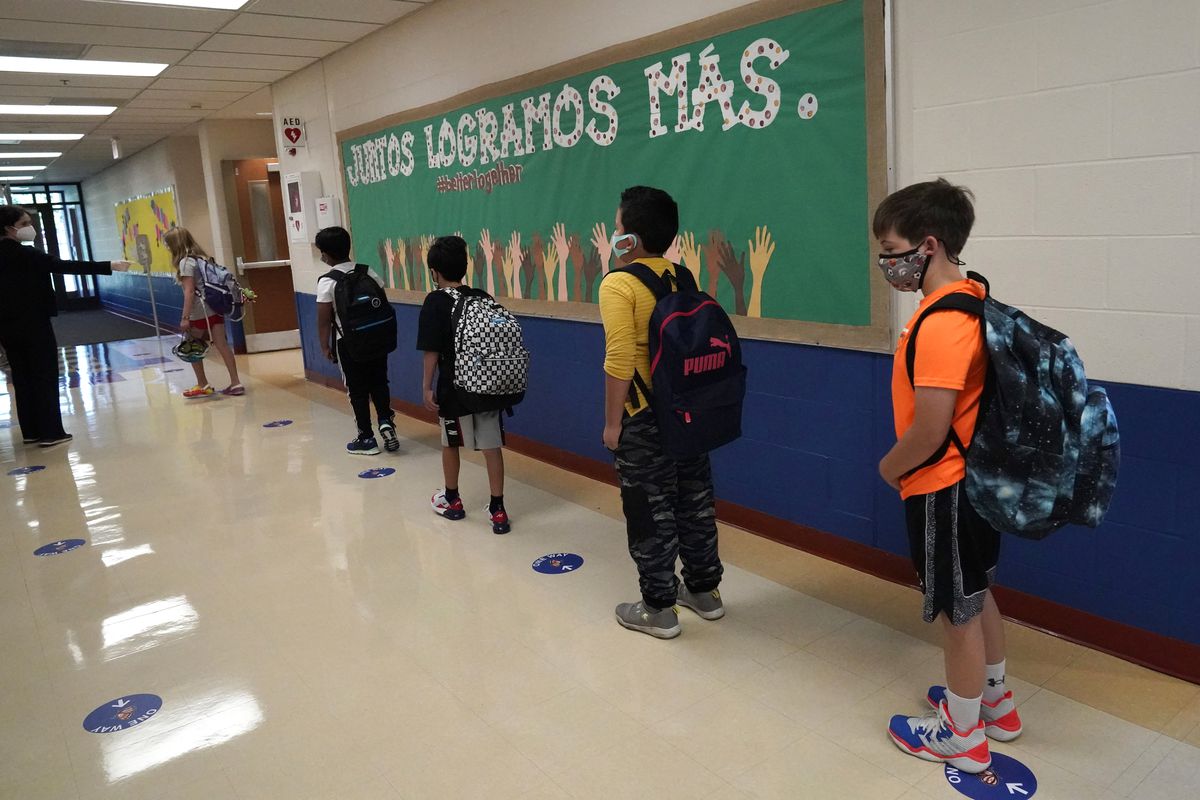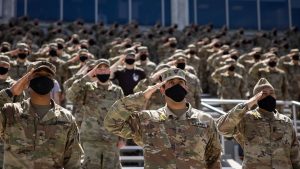Latest
Thousands of suburban students going back to school after starting fully remote
Some suburban Chicago school districts that started the year in full remote learning because of the coronavirus are moving to bring students back to classrooms as early as this week with health protocols in place and contingency plans set for potential COVID-19 outbreaks.
Many working parents have struggled to balance their jobs with their children’s at-home education and have called for a return to classrooms, while many have also said they don’t feel safe sending their kids back to school with a volatile COVID-19 still around.
Suburban school workers and their unions have at times fought their districts, as the Chicago Teachers Union has with Chicago Public Schools, against a return to school because of the health concerns brought on by putting children and teachers together in enclosed spaces during a pandemic.
With those factors in mind, Community Consolidated School District 15 in the northwest suburbs, the second largest elementary district in Illinois with 20 elementary and middle schools serving about 12,300 students in seven zip codes, has started a phased-in return to schools a month into remote learning.
Superintendent Laurie Heinz laid out a plan earlier this month, starting with kindergarten and some special education students going back this week, and first and second graders returning to classrooms Monday. Third and fourth graders are set to go back Oct. 5, and grades five through eight will be in school Oct. 13, if all goes according to plan. Students who opt to continue remote learning will be allowed to do so.
Read the full story from Nader Issa here.
News
9:41 a.m. Illinois’ coronavirus-related death toll surpasses 8,600
Gov. J.B. Pritzker declared Aug. 29 a “solemn day” after Illinois health officials reported more than 8,000 people had succumbed to the coronavirus.
Nearly a month later, the state reached another troubling milestone.
Illinois’ coronavirus death toll surpassed 8,600 on Sunday, with state health officials announcing an additional 14 deaths.
Perhaps even more concerning is should the state’s average daily death toll continue, Illinois could see more than 10,000 people die of the respiratory virus by the end of this year.
This month, Illinois is averaging about 21 coronavirus-related deaths each day — up from the roughly 17 fatalities the state averaged in August. Should that current average continue, Illinois is on track for more than 10,500 deaths by Dec. 31, 2020.
Sunday’s fatalities — half of which were reported in Cook County — brings the state’s total 8,601 deaths. Almost 45% of those deaths occurred to people 80 years of age or older.
Read the full story from Madeline Kenney here.
New Cases
- Illinois’ coronavirus death toll surpassed 8,600 on Sunday after Illinois state officials announced 14 more deaths due to the virus.
- The state’s test positivity rate — the number used to gauge how quickly the virus is spreading — rose to 3.7 % Sunday after the latest batch of 50,822 tests were reported to the Illinois Department of Public Health.
Analysis & Commentary
9:33 a.m. Even before any second COVID wave, many Chicagoans are still in need from the first one
The calls come daily to state Rep. Lindsey LaPointe’s office on the Northwest Side from people who need help navigating the state bureaucracy.
They call about unemployment benefits, housing assistance and food stamps. They call about utility bills, problems with state licenses and support for their small businesses.
Many of the callers these days are in tears, not knowing where to turn. Some can’t pay the rent. Others are worried about feeding their families.
Yet what’s striking to LaPointe’s chief of staff, Jessica Genova, is how apologetic many of the callers are, as if they’re feeling guilty about their predicament and needing help.
“I’ve never done this before,” they say.
It’s important to understand that the coronavirus pandemic and the resulting economic shocks have left many of our neighbors in crisis, facing financial strains they’ve never experienced.
With people isolated from each other to an even greater extent than normal, this isn’t always easy to see, especially for those lucky enough to still have their jobs.
But for those who have not been so fortunate, the disruption and pain are all too real, sometimes leading to an overwhelming sense of helplessness amid the uncertainty over when life will return to normal.



















